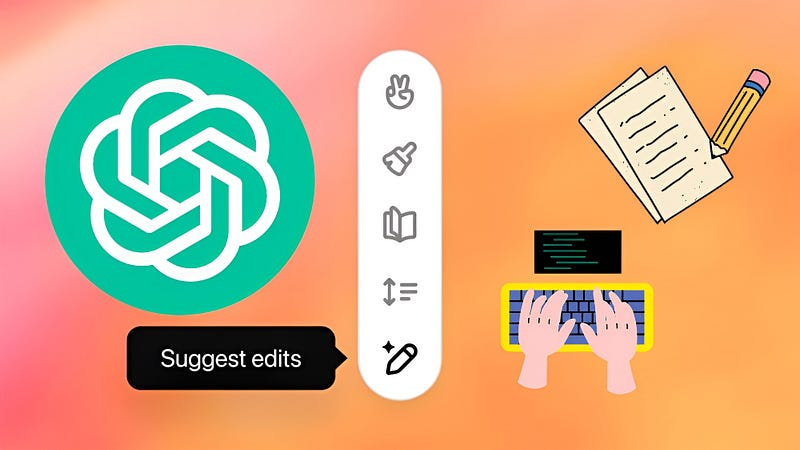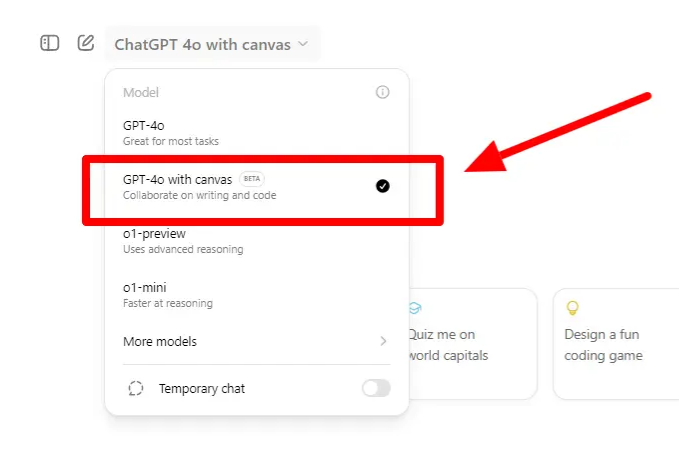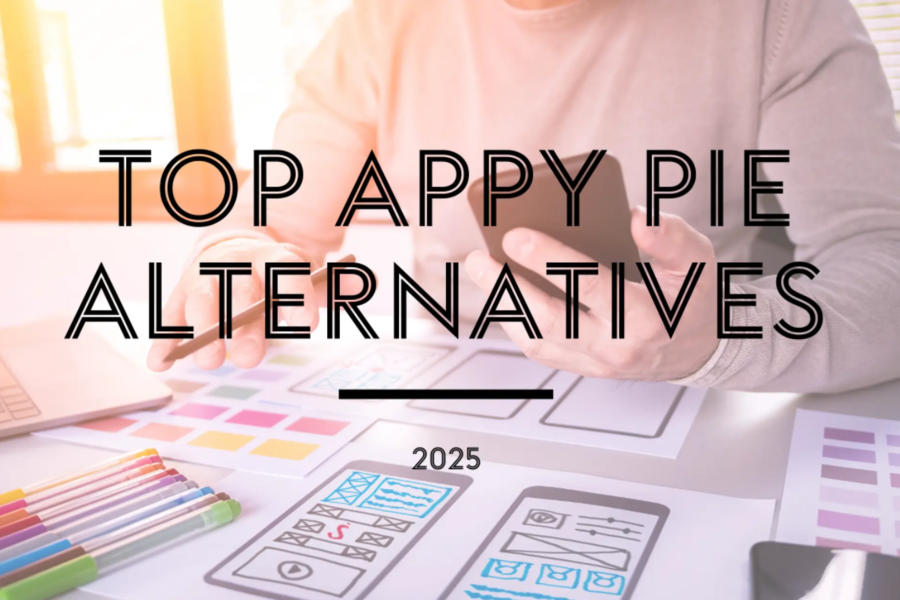Wondering how to Use Canvas in ChatGPT? You have come to the right place!
You ask ChatGPT for help drafting an email, writing a blog post, or debugging code, and before you know it, you’re lost in a never-ending thread of revisions. You tweak a sentence, adjust a paragraph, and suddenly, the perfect version you loved three responses ago is buried under an avalanche of text. It’s like playing a game of digital hide-and-seek, except you never actually win.
That’s where ChatGPT Canvas comes in. This game-changing feature eliminates the chaos of cluttered chat histories by giving you a dedicated workspace—a clean, distraction-free zone where you can refine content without losing your sanity. Whether you’re a writer, developer, or just someone who wants to collaborate with AI more efficiently, learning how to use ChatGPT Canvas will transform your workflow.
In this guide, we’ll break down everything you need to know.
What Is ChatGPT Canvas?
Imagine having a personal whiteboard where you and ChatGPT can brainstorm, edit, and perfect your work—side by side, in real time. That’s essentially what ChatGPT Canvas is: a dynamic workspace that lives right next to your chat.
Unlike the traditional back-and-forth of ChatGPT conversations, Canvas lets you isolate and refine content without endless scrolling. Highlight a section of text or code, and it instantly appears in this sleek editing panel. From there, you can:
- Make direct edits
- Ask ChatGPT for revisions
- Adjust tone, length, or reading level
- Debug and optimize code
Best of all, Canvas isn’t a separate tool—it’s fully integrated into ChatGPT. That means it remembers your preferences, follows your custom instructions, and maintains context, making collaboration smoother than ever.
Features of ChatGPT Canvas

1. Direct Editing (No More Regeneration Roulette)
Gone are the days of crossing your fingers and hitting “regenerate.” With Canvas, you can edit text or code directly, just like in a word processor. No more losing great phrasing because the AI missed the mark on a tweak.
2. Smart Suggestions for Grammar, Flow, and Clarity
Canvas acts like an attentive editor, offering real-time improvements. Struggling with a clunky sentence? It’ll suggest smoother alternatives. Need to simplify technical jargon? It can adapt the reading level with a single command.
3. Effortless Length Adjustments
Need to shrink a 500-word article into a tweet? Or expand bullet points into a detailed report? Canvas handles it instantly, saving you hours of manual trimming or padding.
4. Reading Level Customization
Whether you’re writing for kids or PhDs, Canvas can adjust complexity on the fly. This is a lifesaver for educators, marketers, and anyone tailoring content for diverse audiences.
5. Code Debugging and Optimization
For developers, Canvas is a powerhouse. It reviews code in real time, suggests optimizations, fixes bugs, and even translates between programming languages.
6. Emoji Integration for Social Media
A small but fun perk: Ask ChatGPT to sprinkle in emojis for social posts, making your content more engaging without the guesswork.
How to Get Started with ChatGPT Canvas
Step 1: Upgrade to ChatGPT Plus
Currently, Canvas is a premium feature, so you’ll need a ChatGPT Plus subscription ($20/month).
Step 2: Select the Canvas Model
In the top-left dropdown menu, choose “GPT-4o with Canvas” (or the latest model offering Canvas).

Step 3: Prompt for Content
Canvas activates when you request a substantial output, like:
- “Write a 1,000-word blog post about sustainable gardening.”
- “Draft a professional email for a client follow-up.”
- “Debug this Python script for a shopping cart function.”
Once ChatGPT generates the initial response, the Canvas panel will appear alongside your chat.
Step 4: Edit and Refine
Highlight text or code to edit, use the toolbar for quick adjustments, or type commands like:
- “Make this more conversational.”
- “Shorten this to 200 words.”
- “Add comments to this JavaScript code.”
How to Use Canvas in ChatGPT for Writing Projects
1. Drafting with Real-Time Feedback
Start with a rough idea, and let ChatGPT flesh it out in Canvas. As you type, you’ll get inline suggestions for tone, grammar, and structure—like a co-writer who never sleeps.
2. Adapting Content for Different Audiences
Repurpose content effortlessly:
- “Rewrite this for a 5th-grade reading level.”
- “Make this sound more formal for a business report.”
3. Hitting Word Counts Without the Stress
Commands like “Condense this by 50%” or “Expand on these points” take the pain out of meeting strict length requirements.
4. Polishing to Perfection
Before publishing, ask Canvas to:
- “Check for grammar errors.”
- “Improve clarity and flow.”
- “Suggest a more engaging headline.”
How to Use Canvas in ChatGPT for Coding Projects
1. Writing Cleaner Code
Canvas reviews syntax as you type, suggesting optimizations (e.g., “Use list comprehension here for better performance”).
2. Debugging in Seconds
Highlight buggy code and ask:
- “Why is this loop failing?”
- “Add print statements to debug this function.”
3. Translating Between Languages
Need to convert Python to JavaScript? Just say: “Rewrite this in Java.”
4. Auto-Generating Comments
Keep your codebase maintainable with: “Add inline comments to explain this section.”
Conclusion on How to Use Canvas in ChatGPT
Learning how to use Canvas in ChatGPT means saying goodbye to disjointed edits and chaotic chat threads. Whether you’re crafting content or coding, Canvas turns ChatGPT into a true collaborator—one that keeps up with your workflow instead of slowing it down.
Open ChatGPT, switch to the Canvas model, and experience the difference for yourself. Your future self (and your sanity) will thank you.



